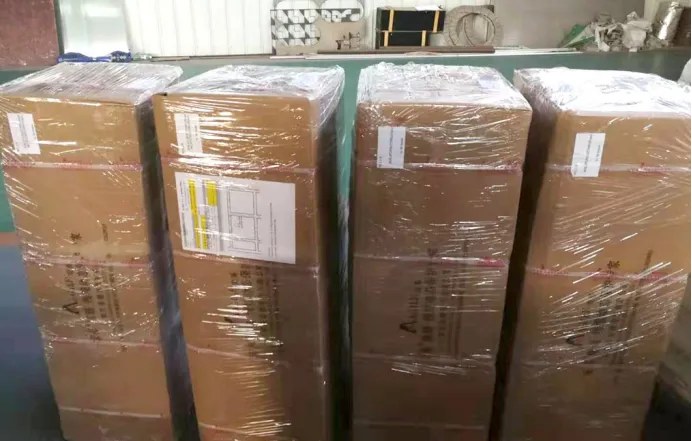moving cable track
The Evolution and Significance of Moving Cable Tracks in Modern Industries
In the landscape of industrial automation and manufacturing, moving cable tracks have emerged as a crucial innovation, playing an integral role in enhancing operational efficiency and safety. These tracks facilitate the smooth transportation of power and data cables, ensuring that machinery operates seamlessly while minimizing wear and tear on cables. As the demand for robust and flexible systems grows, understanding the significance and application of moving cable tracks has never been more important.
What are Moving Cable Tracks?
Moving cable tracks, often referred to as cable carriers or drag chains, are designed to guide and protect cables and hoses in motion. Typically composed of a series of interconnected links, these tracks form a continuous loop that moves alongside automated or moving machinery. This innovative solution allows cables to travel with the equipment while maintaining organization, preventing them from tangling or sustaining damage.
Advantages of Moving Cable Tracks
1. Cable Protection One of the primary advantages of moving cable tracks is their role in protecting valuable cables. By keeping cables housed within a structured guide, these tracks prevent abrasion, crushing, and exposure to harsh environmental conditions, thereby extending the lifespan of the cables.
2. Reduced Downtime In industries where machinery is essential, any form of downtime can be costly. Moving cable tracks reduce the potential for cable-related failures, which can lead to production halts. With a well-organized cable management system, businesses can minimize maintenance time and focus on their core operations.
3. Increased Flexibility Modern manufacturing processes often require adaptability. Moving cable tracks can be configured to meet bespoke requirements, accommodating various sizes and types of cables, as well as adapting to different operational environments. This flexibility ensures that companies can easily modify their production lines or machinery without significant overhauls.
4. Enhanced Safety A well-organized cable track system increases workplace safety. By minimizing the risk of tripping hazards or electrical faults, these systems provide a safer working environment for employees. Clear cable management also aids in compliance with safety regulations, further reinforcing the commitment to a secure workplace.
moving cable track

Applications Across Industries
The versatility of moving cable tracks has made them invaluable across a range of industries. In manufacturing and automation, they are commonly used with robotic arms and conveyor systems, where the need for uninterrupted cable movement is paramount. In the automotive industry, moving cable tracks ensure that robotic welding and assembly equipment function efficiently without cable interference.
In the entertainment sector, such as in theater productions or concerts, moving cable tracks facilitate the smooth operation of lighting and sound equipment. They allow for complex rigging systems to function seamlessly, ensuring that performances proceed without technical hitches.
Moreover, in the construction industry, moving cable tracks support specialized machinery and cranes, delivering power and data without hindrance to movement. Their robust design withstands heavy loads and harsh conditions, making them suitable for outdoor applications.
Future Innovations
As technology continues to advance, the future of moving cable tracks looks promising. Innovations such as smart tracking systems with integrated sensors could revolutionize their efficiency. These systems would not only manage cables but also monitor their condition in real-time, predicting failures before they happen and ensuring proactive maintenance.
Additionally, developments in materials science may lead to lightweight yet durable tracks that further improve energy efficiency in equipment. Coupled with the rise of automation and Industry 4.0, the integration of moving cable tracks with smart manufacturing processes will likely yield even greater efficiencies.
Conclusion
In conclusion, moving cable tracks are a vital component of modern industrial applications, demonstrating their importance in enhancing efficiency, safety, and adaptability. As industries continue to evolve, so too will the technologies that support them, ensuring that moving cable tracks remain at the forefront of innovation. Their impact not only preserves the integrity of essential cables but also contributes significantly to the productivity and future readiness of various sectors. Embracing these advancements will undoubtedly lead to a more streamlined and effective operational landscape.








